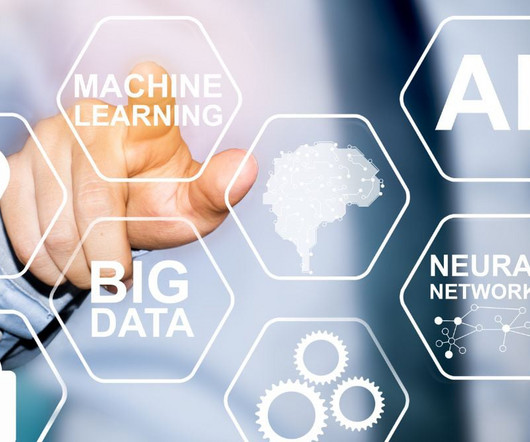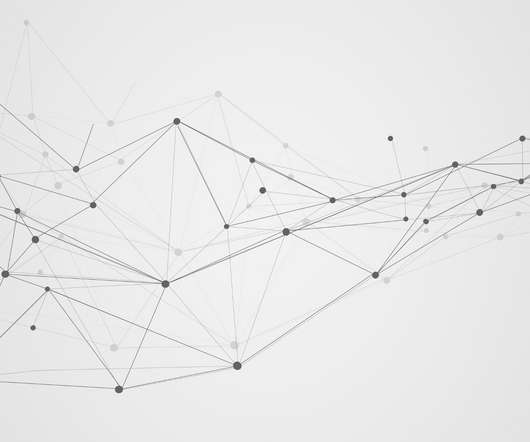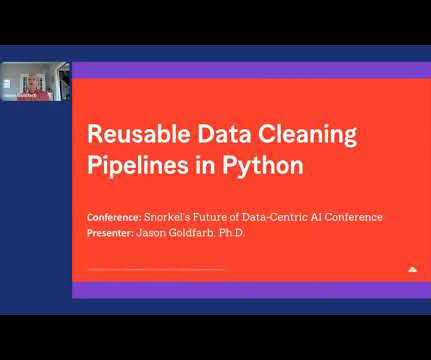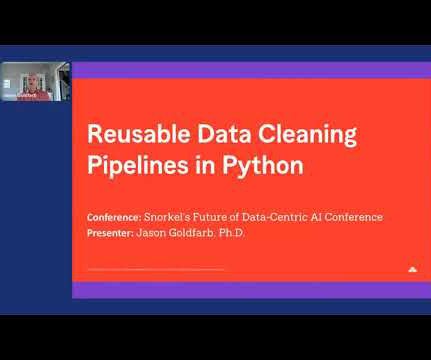The ultimate guide to the Machine Learning Model Deployment
Data Science Dojo
JULY 5, 2023
The development of a Machine Learning Model can be divided into three main stages: Building your ML data pipeline: This stage involves gathering data, cleaning it, and preparing it for modeling. Cleaning data: Once the data has been gathered, it needs to be cleaned.














Let's personalize your content